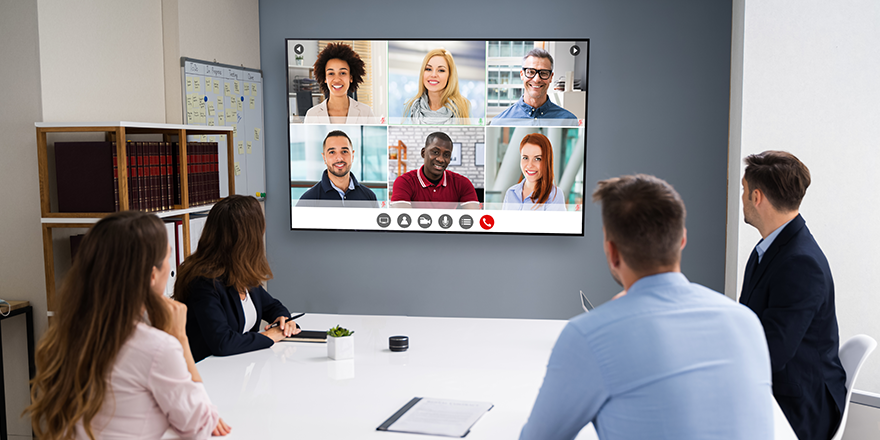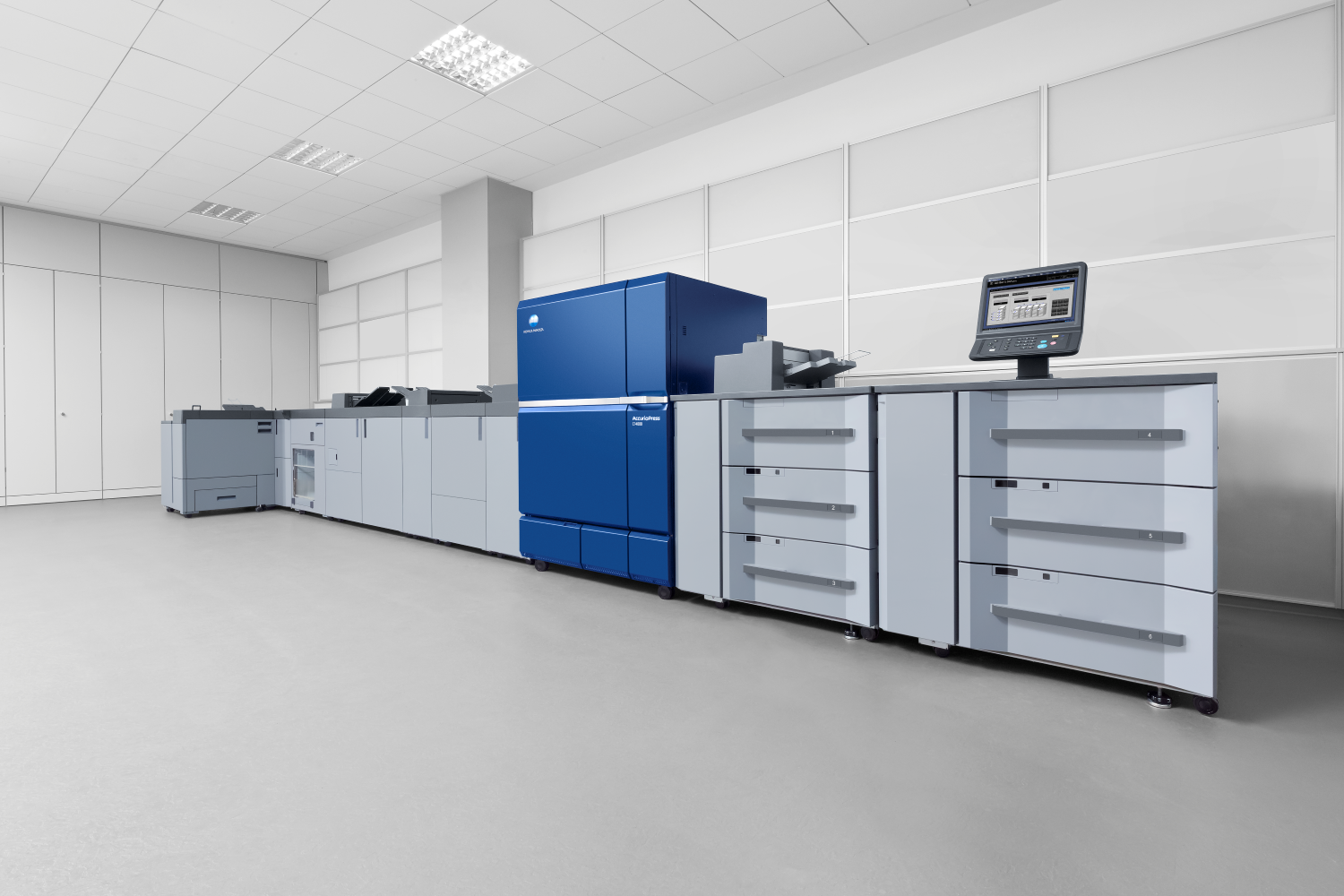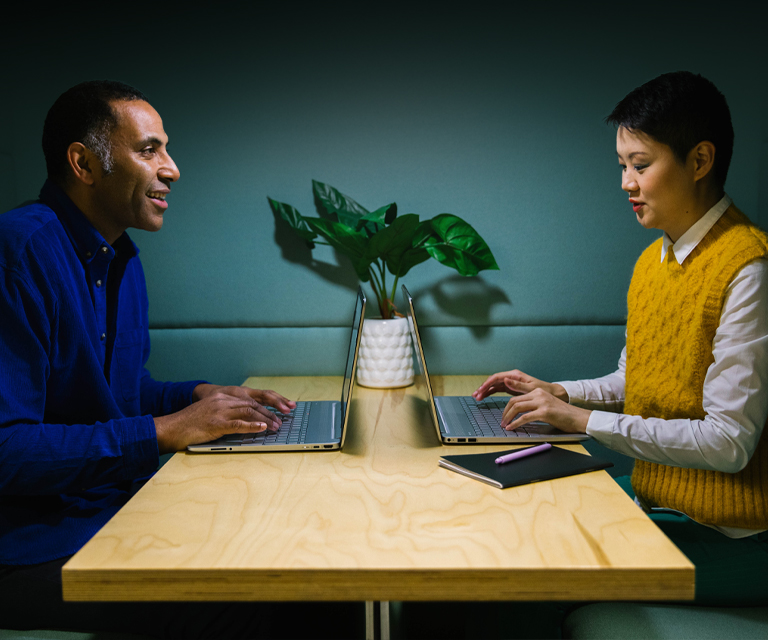
While COVID-19 affected almost every facet of our lives, one of the most significant and pervasive impacts will be on how we work.
Prior to the pandemic, an average of just 5% of workdays were spent working from home. For all the talk of flexible work practises, very few organizations and individuals had truly embraced the realities of remote work. Of course, that changed overnight in March/April 2020.
With vaccines emerging and a new year ushering in a renewed demand for some kind of back-to-normal routine, society’s return to work is front of mind for many professionals. However, having adjusted effectively to remote work, we find ourselves at a pivotal moment. Many businesses, leaders and workers are questioning whether returning to work is a viable decision and are rethinking how our new work life could look.
As we consider what the future of work will look like, the key question is which COVID-inspired changes to employment practices will now become the status quo?
The reality is that the new normal we return to will not resemble the one we are used to. Overall, remote work has offered too many benefits to be left behind completely, and COVID has simply seen the existing move towards flexible work accelerate. Time, money and energy have been saved, hobbies have been rediscovered and work has been more productive for many.
Among workers, the demand is clear. Stats are revealing that 72% of workers would like a hybrid model of work moving forward – a mix of both office and remote time, with only 12% saying they would like to return to the old ‘normal’ of a full-time office1. These sentiments of workers are mirrored by their leaders, with 82% of US corporate leaders stating that they will allow their teams and employees to conduct their work remotely for some of the time moving forward. 47% have said they will allow full time working from home for employees, suggesting a significant change in the way leaders and businesses are thinking about work.2
However, this does not come without its problems. With 60% of the US workforce having jobs that cannot be performed at home, the risk of this trend is that many will be left behind. Beyond this, there are a large quantity of jobs that may suffer as they depend on the travel of workers and the utilisation of office real estate.3
Offices will increasingly be used for specific purposes such as team building, collaboration and key meetings. As a result, commercial real estate giant JLL predicts the number of workstations in corporate offices will fall from 91 for every 100 workers, to 82.4
The common consensus of many leaders is that the future of our work will take on a hybrid format. As productive independent work has proven possible from home, businesses are looking to take advantage of the cost savings this offers. However, I am sure that by this point we are all familiar with Zoom fatigue and the general sense of disconnection that isolation brings to our attempts at collaborative work.
For these reasons, companies like Dropbox and Vidyard are repurposing their office real estate as exclusively collaborative space. Vidyard has rebranded and advertised these spaces as ‘collaboration centers’, where workers can sit in pods that are designed for the facilitation of conversation and teamwork. While Vidyard is keeping a few spaces for individual work, Dropbox is going as far as declaring individual work off-limits in offices which are now labelled ‘Dropbox Studios’.5
Despite this new hybrid approach, for many people working from home is simply not a sustainable option. Small apartments, big families, distractions and inadequate Wi-Fi are among those reasons that many are keen to get out of the house and back to the office for their independent work. Although the trend is moving away from this possibility, shared workspaces like WeSpace and WorkMode6 which have been on the rise for a few years now have a ripe new market.7
Not all workplaces will move as dramatically as Dropbox, but the hybrid format is sure to be the way of the future and many leaders agree that the exclusive collaborative role office will play is more than likely. ‘Collaboration centric design’ will soon comprise up to 70% of our office spaces. The emptying offices also give room for celebrations, conferences and team-building events.8 The exchange of ideas and the enrichment of workplace culture will be core to the purposes of these collaborative spaces.
Beyond this, our unique opportunity to reimagine our working lives is sparking and accelerating technological innovations. Rather than workers travelling to workplaces, the future may see workplaces travelling to workers. Mobile workspaces like that pioneered by Toyota Motor Corp may become an everyday reality in the coming decade. Portable pods of varying sizes, with convertible interiors and attached wheels may mean that worksites become mobile and available for customisation for individual or group needs.9
Emerging technology such as Virtual and Augmented Reality have grown in usage over the COVID period as practical professions that were separated by travel bans required visual contact with their work. Changing workplaces may see this technology become part of the workspace itself in coming years with innovations emerging like the Virtual Desktop, created by Guy Godin. Users are able to interact with a virtual office complete with multiple screens and all regular desktop capabilities anywhere they are with this Virtual Reality technology.10
Portable desks are another innovation that has taken off with the changing workspaces of the COVID era. The ‘Nomada’, designed by Enrique Tovar is a desk that is light enough to be carried around by a worker whose flexible lifestyle requires adaptable technology. The company, Ori, has pioneered a home office desk space that can be folded away into a shelving unit. Yet another start-up, Altwork, has created a desk that is designed to act as part of the body, including a reclining seat with a computer stand and magnetic surface all incorporated.11
Isolation and distancing have accelerated the trends of office transformation faster than ever. While the ‘normal’ we were used to may not be set to return, the ‘normal’ that we will soon encounter is one full of collaborative possibilities, unique innovations and designs for time and space that will optimise our efficiency and enjoyment of work. Our offices are transforming in a way that will propel us into the future, as the cutting edge of leadership, design and technology will make workplaces work for us.
- 2020, ‘Coronavirus: How the world of work may change forever,’ BBC Worklife, accessed 31 January 2021.
- Mims, C 2020, ‘The Work-From-Home Shift Shocked Companies—Now They’re Learning Its Lessons,’ Wall Street Journal, 7 September.
- 2020, ‘Coronavirus: How the world of work may change forever,’ BBC Worklife, accessed 31 January 2021.
- Pupazzoni, R. 2020, ‘COVID-19 won’t kill the office but people will need reasons not to work from home, experts say’, ABC News, 24 September.
- Cutter, C 2021, ‘The Death of the Office Desk is Upon Us’, Wall Street Journal, 13 January.
- 2020, ‘Coronavirus: How the world of work may change forever,’ BBC Worklife, accessed 31 January 2021.
- Cutter, C 2021, ‘The Death of the Office Desk is Upon Us’, Wall Street Journal, 13 January.
- Cutter, C 2021, ‘The Death of the Office Desk is Upon Us’, Wall Street Journal, 13 January.
- Morenne, B 2021, ‘What Will Replace the Desk?” Wall Street Journal, 13 January.
- Morenne, B 2021, ‘What Will Replace the Desk?” Wall Street Journal, 13 January.
- Morenne, B 2021, ‘What Will Replace the Desk?” Wall Street Journal, 13 January.





